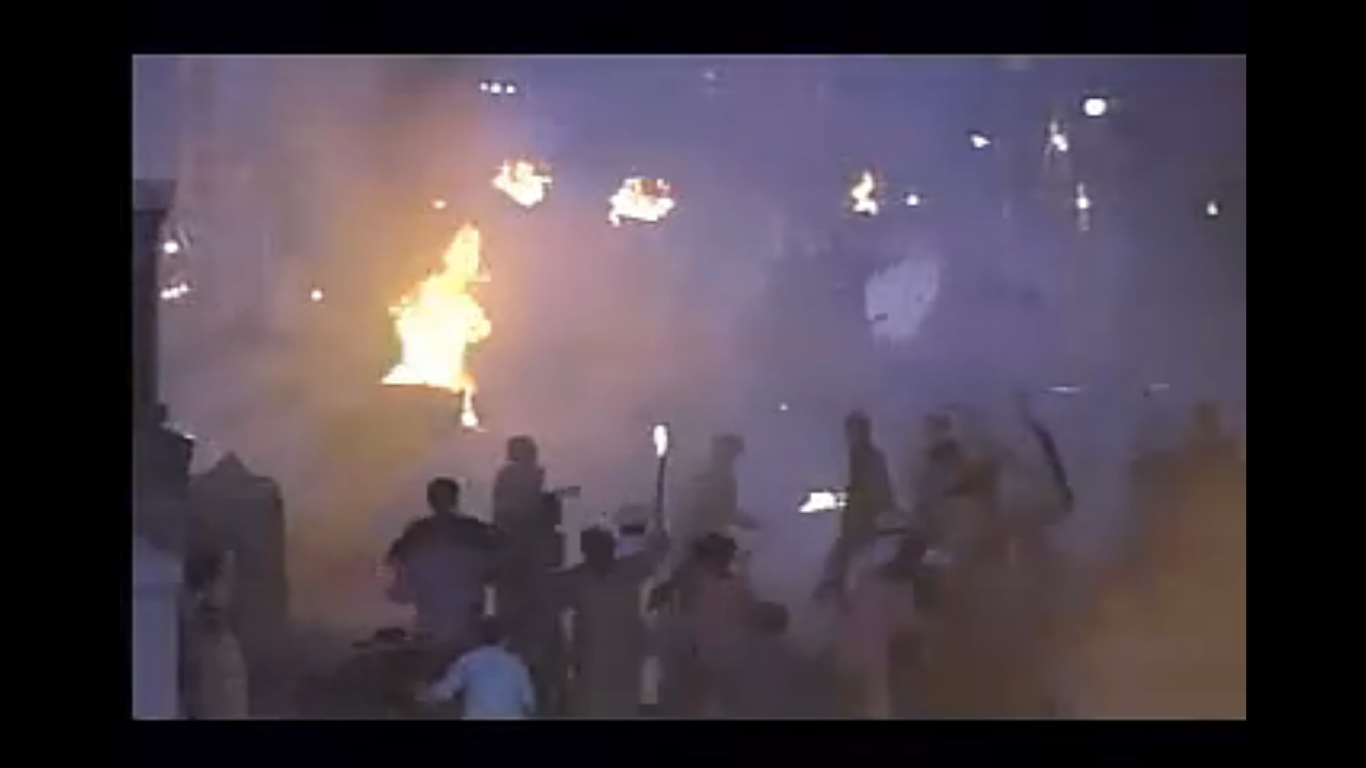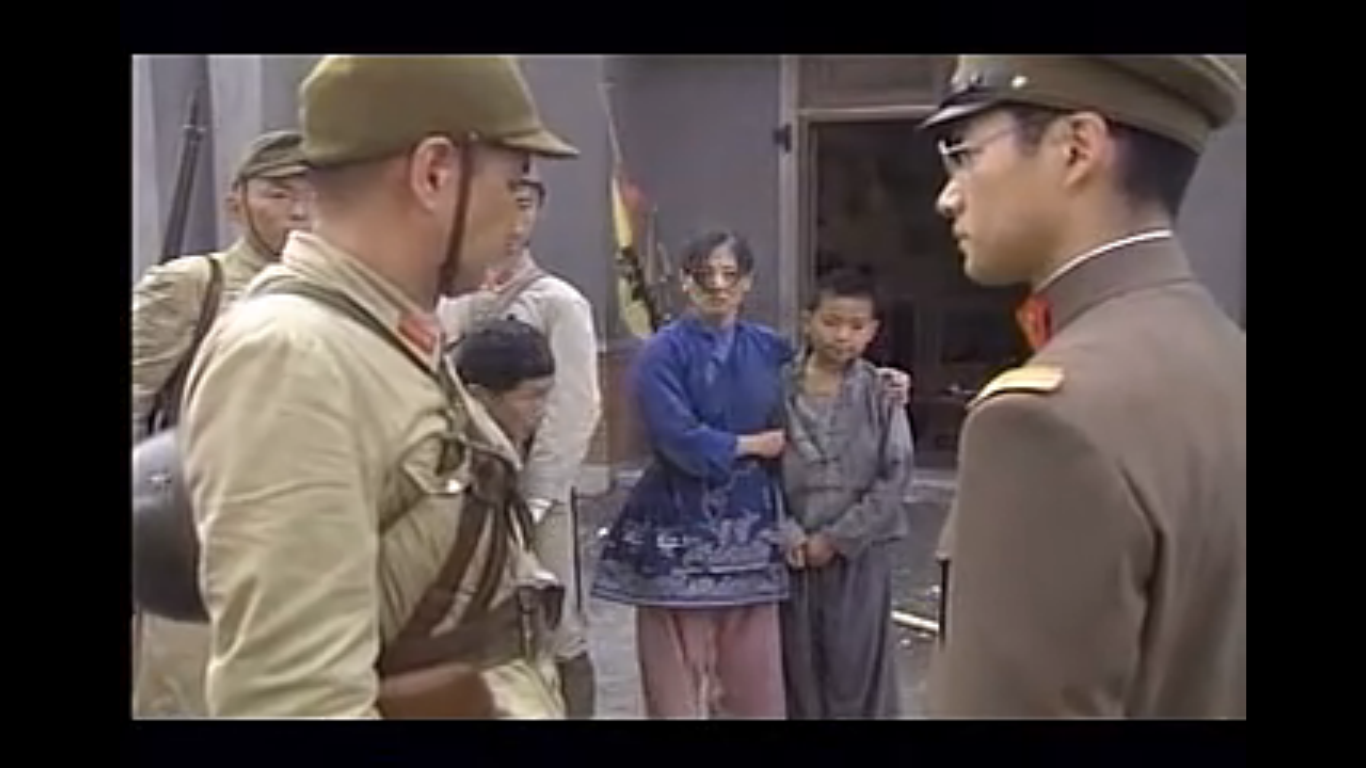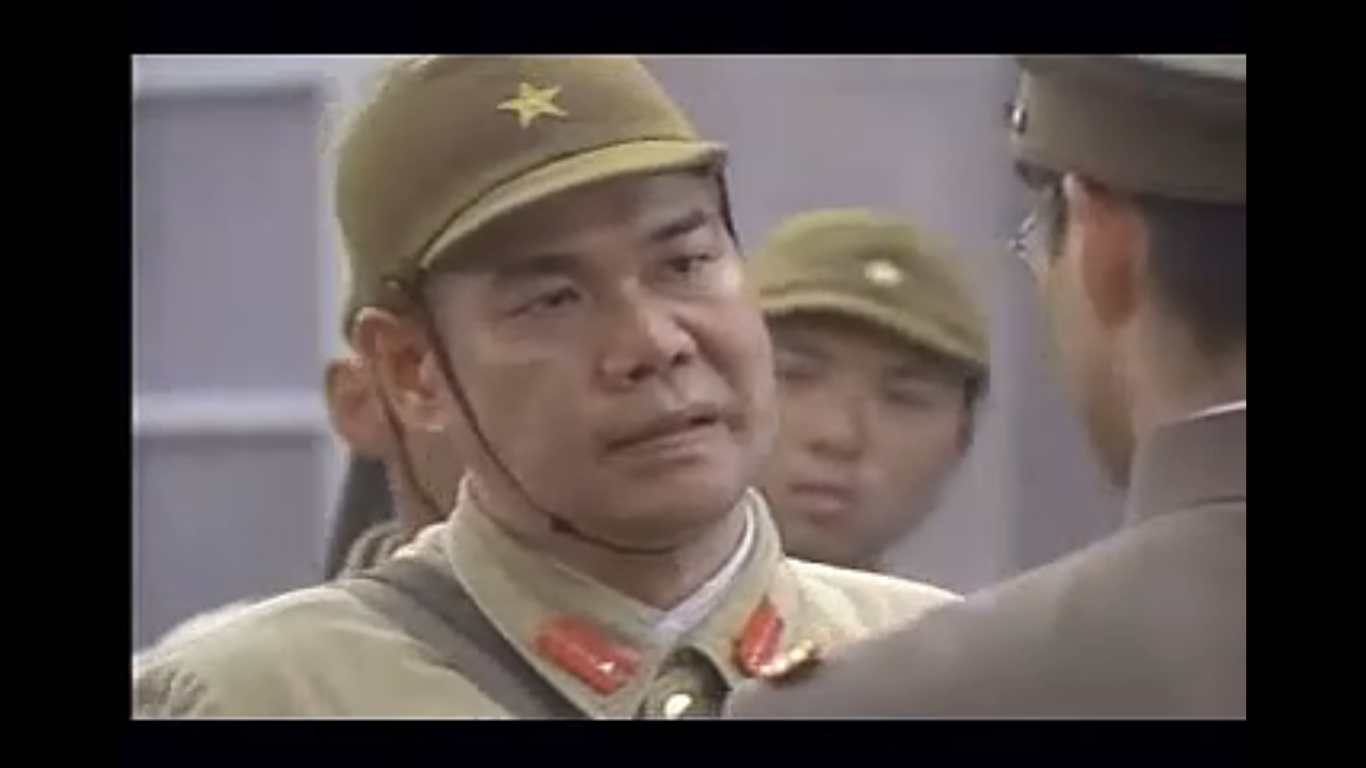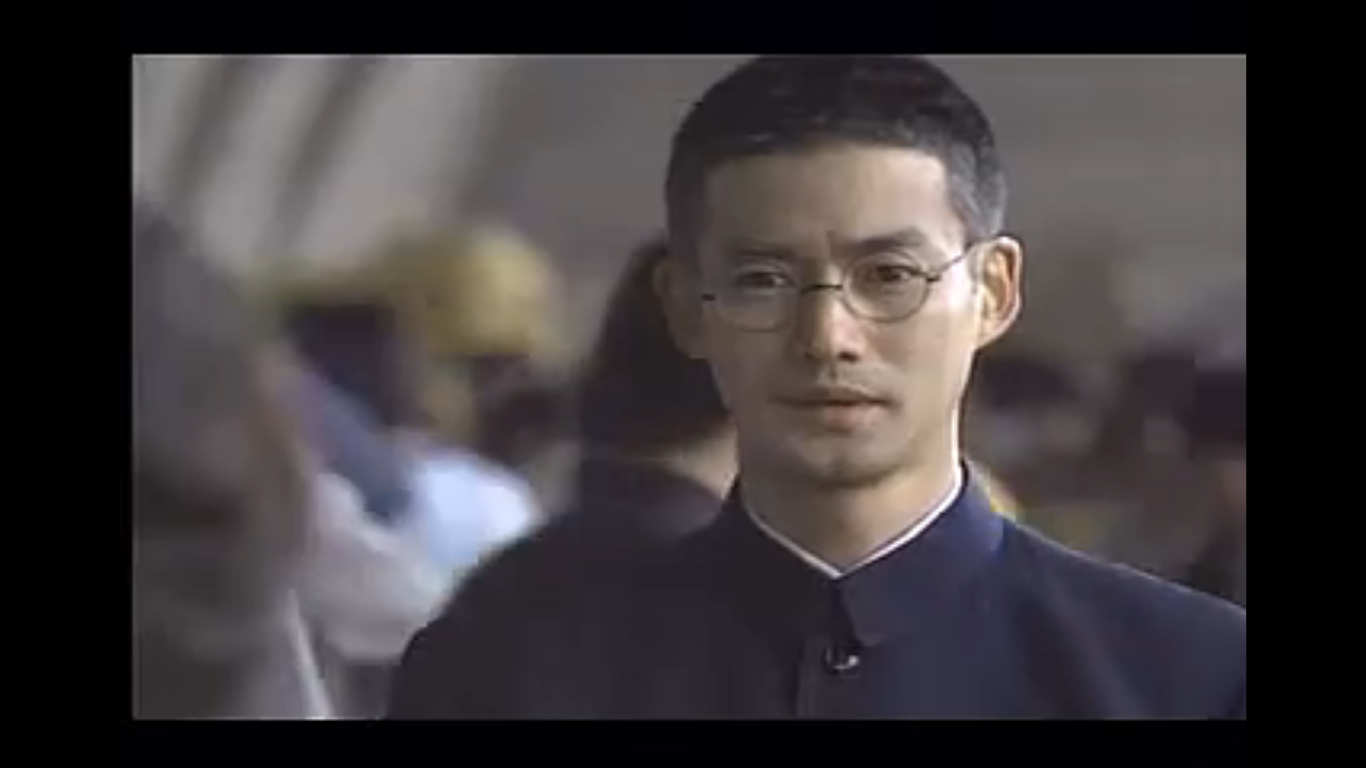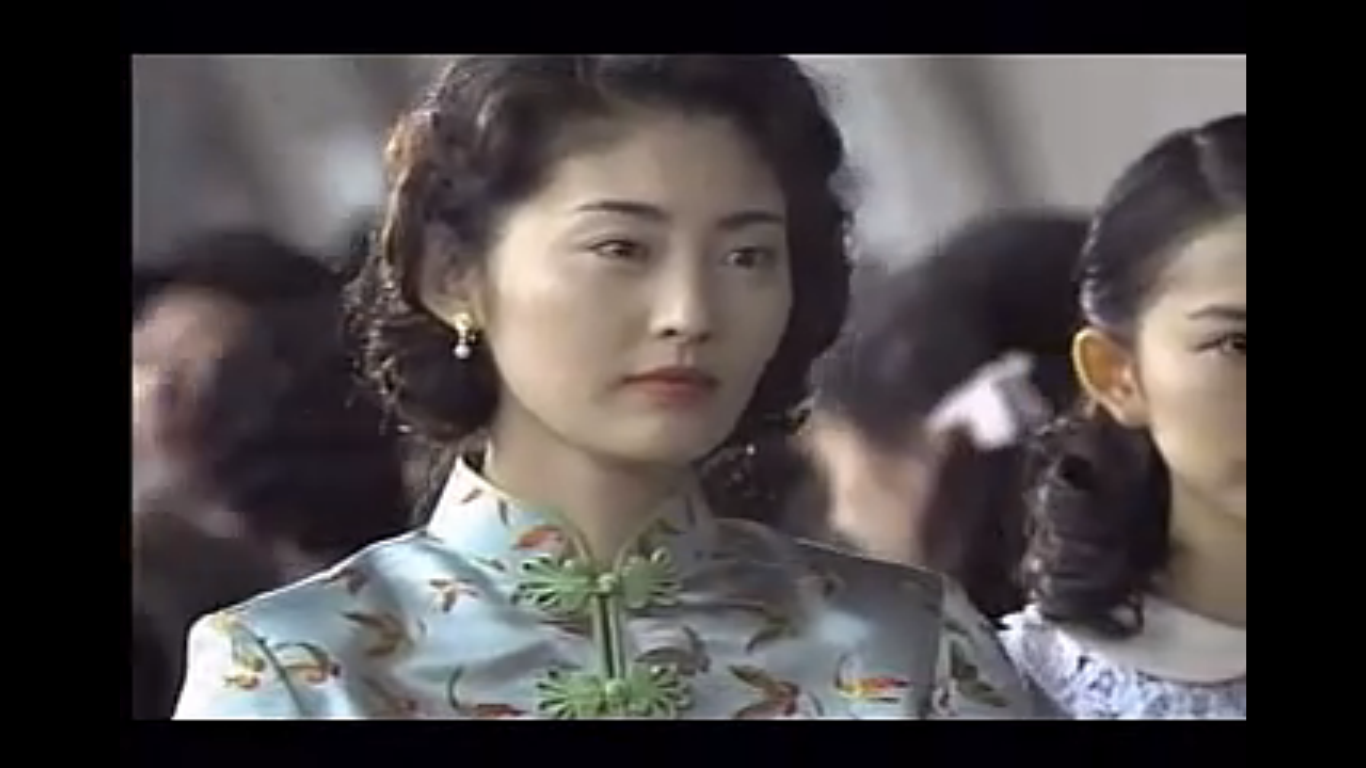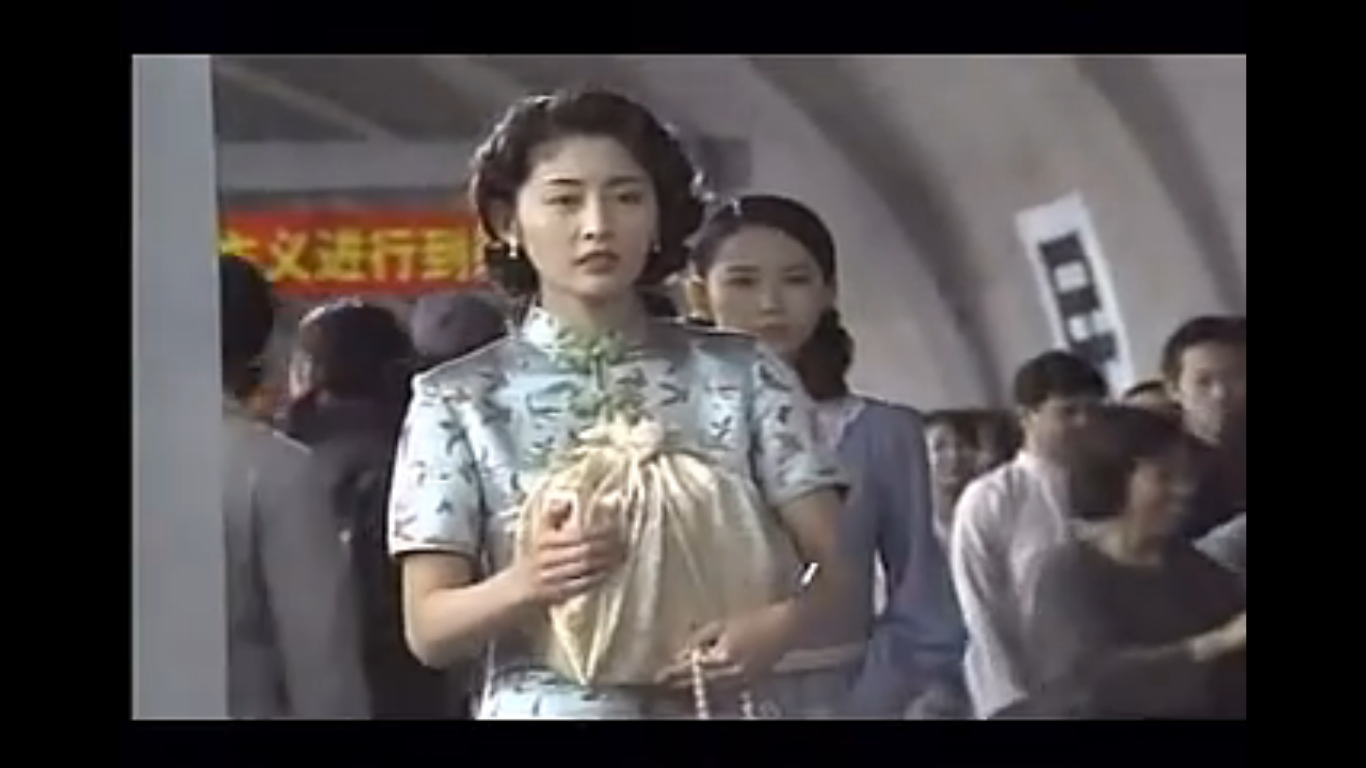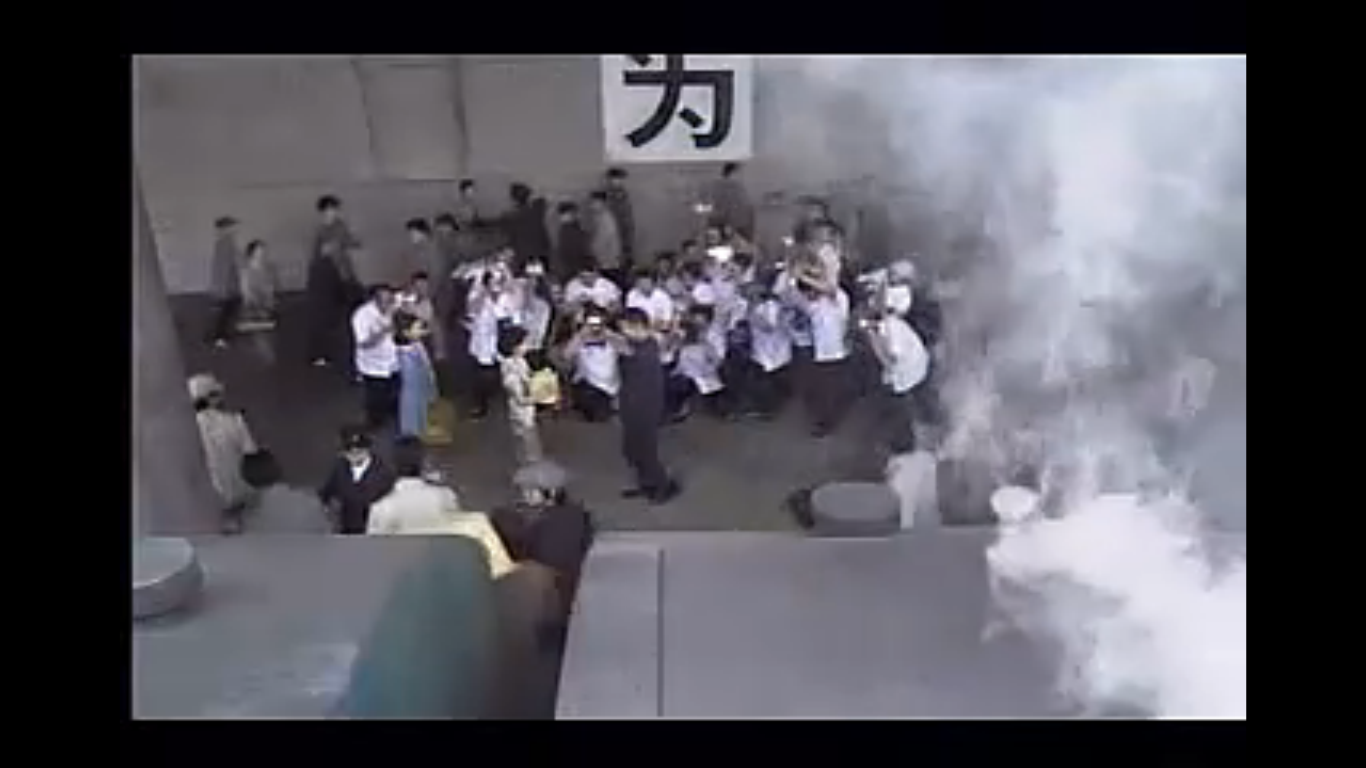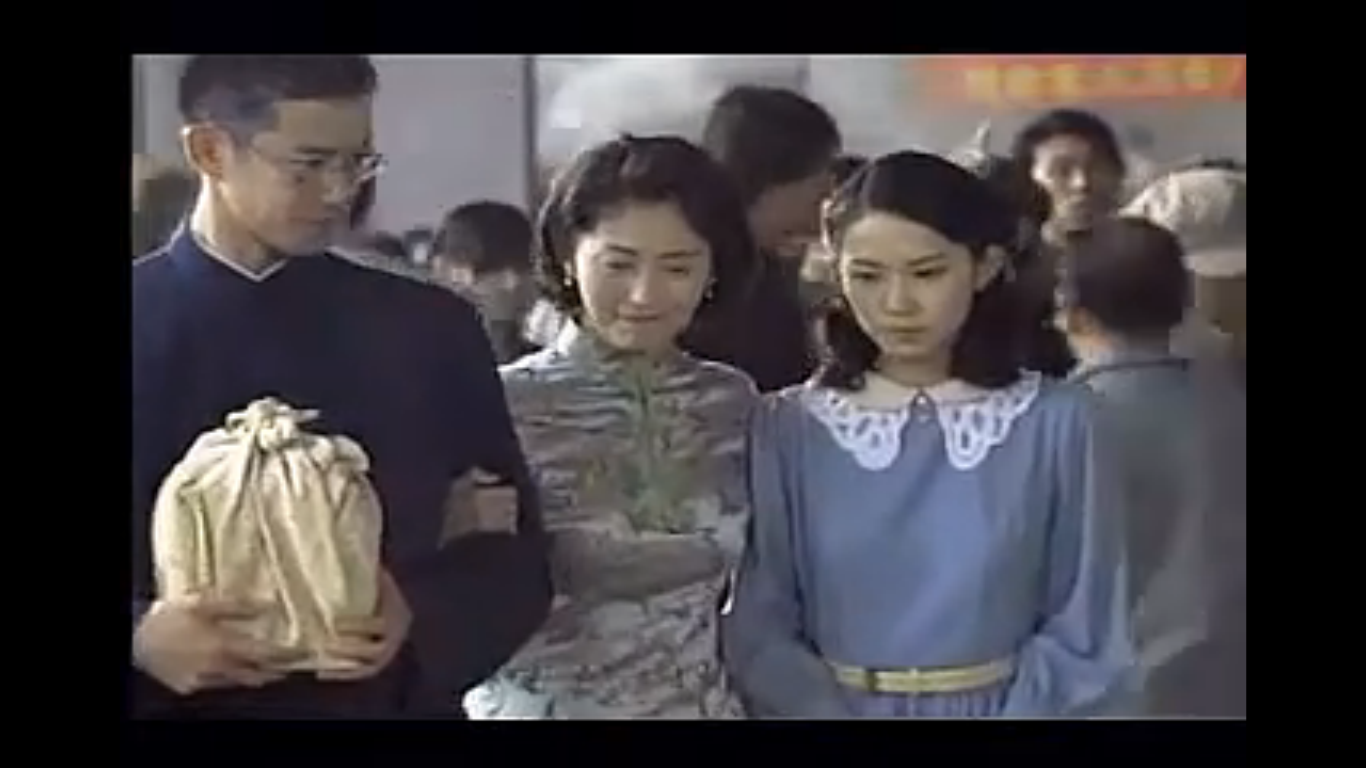An essay on
Ruten no Ōhi - Saigo no Kōtei
[Princess Hiro]
Yige Zhu, Bryn Mawr College, Class of 2015
The work I am curating is Ruten no Ōhi - Saigo no Kōtei (流転の王妃·最後の皇弟), also known by its English title Princess Hiro. It is a four part TV drama created by TV Asahi in 2003 as a celebrative work for the station's 45th anniversary. The script is written by Tatsui Yukari and directed by Fujita Akira, with music written and conducted by Hakase Taro. The members of the directing crew and the cast are among the most distinguished professionals in Japan. The story is based on the autobiography of Saga Hiro (Ashinkakura Hiro), the elder daughter of Marquis Saga of Japan and also a distant relative of the imperial family, about her marriage with Prince Pu-chieh (Ashinkakura Fuketsu or Aisin-Gioro Pujie), the younger brother of the last emperor of the Qing Dynasty and later Japan's puppet country Manchukuo. The time range of this drama is from 1937 to the 1960s. It boasts both high artistic value and historical significance; the reason that TV Asahi chose to put this literature into the context of TV drama is that it is a grand epic of a world war being presented with a much smaller scope of emotions of individual human beings, which would communicate to the audience very effectively and deeply.
The drama presented us with tragedy happened to the common people, even including the Japanese soldiers who were seen as evil aggressor. One clip showed how they also became victims as the result of war. A riot interrupted the night and people with Sino-Japanese sentiments burnt down Japanese shops and killed common Japanese residents. The next day Pu-chieh saw Japanese soldiers arresting a Chinese restaurant owner that he knew, accusing him of being a suspect rioter. The eyes of the son of that man filled with hatred and anger. Pu-chieh demanded the soldier to let go the man, that he was innocent. The soldier involuntarily released the man; however, he replied that the rioters had killed his family, who were also innocent. The ultimate tragedy of wars is that they kill people, no matter what their nationalities are, or what they have done. It triggers hatred towards each other among human beings, and diminishes the value of people's life to the lowest.
Yet meanwhile, the presentation of the Aisin-Gioro couple's story is a more optimistic reflection of people in the war. One clip that I find representative and meaningful to present is the part where the couple reunited after 16 years of separation resulting from the war. At that instance, the train station boasted important symbolic meaning; it was no longer just a transportation spot, but a place where separation, reunion, joy or sorrow happen every day. Below are five screen shots I took to briefly present the clip.
Pu-chieh was released from prison as a former war criminal; even though he never did anything concrete, he was regarded as being responsible for partitioning China and standing on Japan's side as an aggressor. Both his and Hiro's identities were very politically sensitive, meanwhile the hostility between the two countries still existed and reconciliation is still afar. Yet they had overcome all adversity and finally been able to be together. The bundle Hiro was holding was the urn that contained the ash of their elder daughter Eisei (Aisin-Gioro Huisheng). It was Eisei who wrote to the prime minister of China asking if they could be put back into contact with Pu-chieh. In her letter to Zhou Enlai, she wrote that despite that China and Japan were still in hostility after the war, a family formed by a Chinese husband and a Japanese wife was no different from any other family in China or Japan because the family bond would never change. Her death was not directly related to the war, yet in this circumstance, the audience would truly feel the sorrow of Pu-chieh as a father: the war and its devastating impact separated them, and he was deprived of a normal family life and a chance to be a caring father for the past 18 years.
The theme music started to play as the couple saw each other, and slowly built up both in volume and strength as they walked towards each other; it reached the peak of emotional and rhythmic expressiveness (50:28) when they stood facing each other closely. Simultaneously the shot was taken from the above with flashlights of cameras surrounding the couple and the younger daughter Yunsheng. This technique added a feeling that it was not just a normal reunion, but a moment that boasted tremendous symbolic and historical weight.
Wars make people suffer; if one tries to think that there were so many families destroyed and separated by this disaster, one would realize that the story of this family is not particular in nature. Though Hiro was chosen by General Baron Honjō Shigeru, who represented the military force, to be involved in this political marriage, she fell in love with Pu-chieh for his gentle and kind personality. She was moved by his dream of restoring peace and friendship between the two countries, although it seemed naive and unrealistic at the moment in that tremendous whirlpool of militaristic zealotry. Just like every normal couple, it was not any political contract that tied them together but true love: love for each other and for people in both countries. The tie between families and lovers is something valued not just in traditional Japanese culture, but by the entire human race. Instead of choosing to be enemies, many people in both countries like the Aisin-Gioro couple and their family, were driven by their love towards peace and goodness, and the basic loving nature of human beings. Therefore, a message should be universal: the love of human beings would eventually heal the wound of disaster. Nevertheless, seeing the first clip somehow makes me wonder if some wounds could ever be healed even years after, among people who lost their loved ones in the war. Maybe the trauma stays with them forever, yet the couple is luckier to be able to move on.
The drama is an fairly unprejudiced realization of Princess's Hiro's autobiography. Therefore, it succeeds in providing individual responses to the disaster and its aftermath, though more focused on the special couple. And both example clips are very small yet highly symbolic moments of this individual response. As a collective response, the common Japanese people suffered economic depression, destruction of cities and loss of lives because of the war. Japan as a country was also put in a very disadvantaged position in international affairs. The whole society was in desperation and chaos. Nevertheless, rebuilding after disasters is not only about starting with the reconstruction of the bombed houses and cities; it is also about rebuilding and restoring relationships between people who were just like this husband and wife who would overcome the huge gap and finally become reunited with each other. Yet still, there is limitation to this drama in terms of fully describing and reflecting people's suffering in the warfare, as what is shown is only the tip of the iceberg. After all, the Aisin-Gioro couple, as members of aristocracy, were probably better able to protect themselves comparing to the commoners who almost have no control over their fates.
Despite that the story did not have many details on the physical destruction of Japanese cities or citizens, and most of it did not even physically happen in Japan, while our exhibit is structured around the four earthquakes, I still feel that it could be well related to our theme "Disaster and Rebuilding in Japan", not only because it is a work about a Japanese woman and made from an authentic Japanese perspective, but also because the incidents portrayed severely affected people living in both Manchukuo and Japan. This drama uses the life story of a specific family as the representative narrative of the enormously large population affected by the war. In this case, it being a result of the entertainment industry did not jeopardize but enhance its effectiveness in transmitting the message to the majority of audience.
